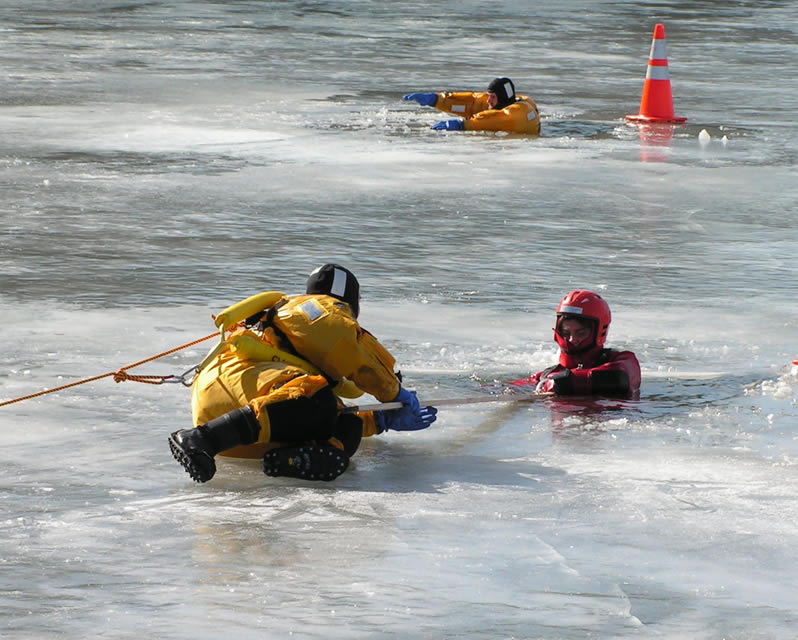Staying on ice in some situations can cost a person life. The relevance of this issue is increasing for regions where winter reigns most of the year. Therefore, a safety note on ice will not be superfluous for the purpose of self-preservation.
Ice features
The hue of ice should be greenish, not blue. White ice is twice as weak as blue. Other shades - yellow, gray - indicate the most unreliable form of ice. It collapses suddenly, without warning cracking.
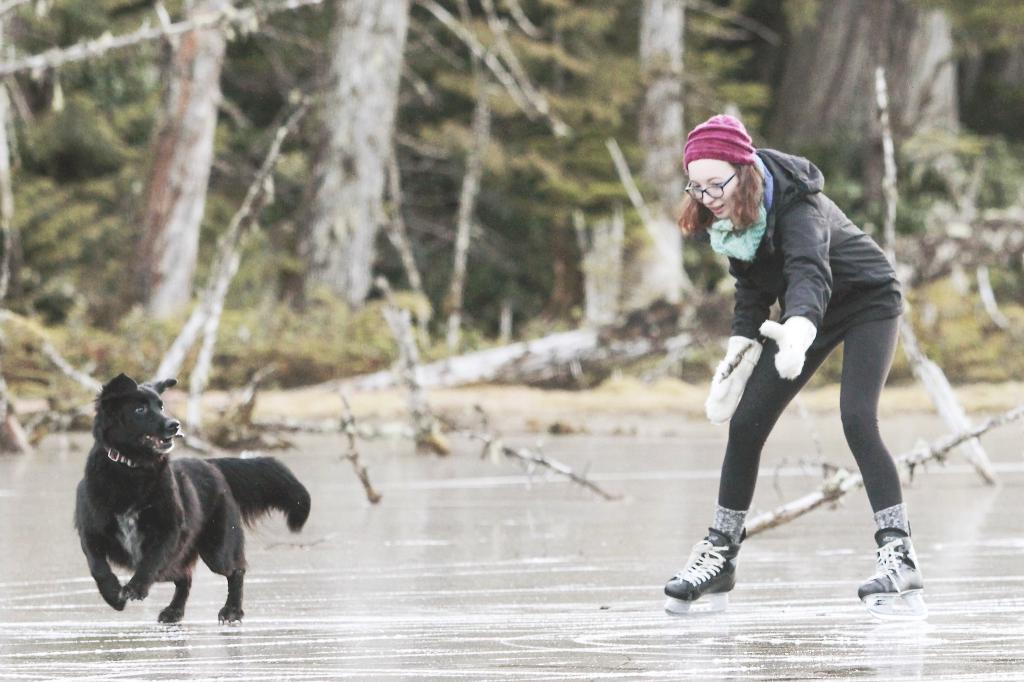
Unstable ice in the middle of fast rivers. And in places dotted with bubbles, its structure is also weakened by air due to the rapid flow. On the same pond you can observe sections of ice of different densities and load capacities.
To have confidence in safety on ice, it is necessary that its thickness be from 7 to 10 centimeters for fresh water and up to 15 for salt water.
As you know, ice strength is reduced by 25% if for three consecutive days the temperature was above zero degrees Celsius. Also in the afternoon it is less reliable than in the morning and in the evening.
What actions to watch out for
When crossing the ice, it is recommended to use special crossings, and in their absence - to check the strength of the ice with sticks, but not with your feet. If cracks appear upon impact, you should move in the opposite direction in your tracks, without taking your feet off the surface. Ring-shaped cracks suggest that further walk on the ice should be stopped, because at any moment the ice will let you down.
The group must pass through a frozen reservoir with an interval of 5-6 meters from each other, which also means safety on ice in the winter. Such a distance is appropriate for first aid to those walking nearby. It is forbidden to run on ice.
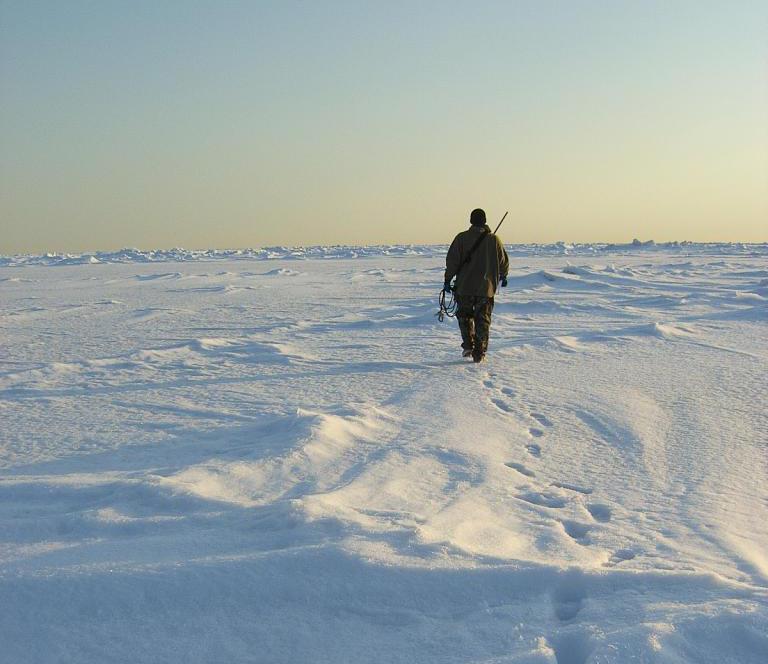
In accordance with safety rules on ice, attention should be paid to the places where groundwater emerges, streams flowing in, industrial discharges, and frozen vegetation. It is also worth avoiding walking in a snowstorm and the dark, bypassing densely snowy sections of the reservoir.
One of the reasons for the tragedy is alcohol intoxication: once in an unusual situation, a person behaves inappropriately, instead of making every effort to save.
How to behave when you are in the water
Having sunk into the water, a person needs to get rid of all heavy objects, try to keep the body on the surface and at the same time try to climb the ice. Aids are sharp objects, a knife for example.
If there is an attached rescue rope on the belt, it must be thrown to the shore with all your strength and arms outstretched, calling people to help at the same time.
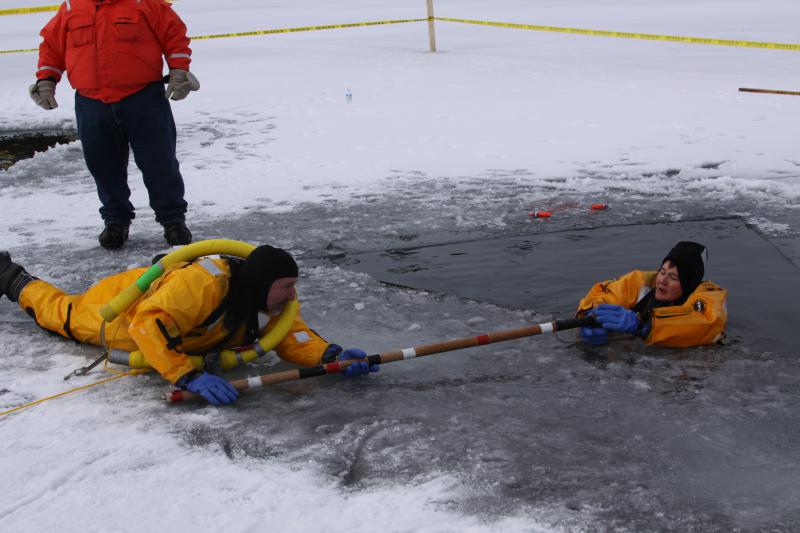
Being in a narrow wormwood, it is more convenient to get out, rolling from the abdomen to the back and crawling to the surface. In a large wormwood, it is advisable to go upstairs at the place of fall. In accordance with safety precautions on ice, it is necessary to leave the hole, moving against the current, so that the water does not carry along.
What to do after I managed to get out
A person who has got out of frozen water is losing strength and there is a risk of hypothermia. In this regard, you need to try as soon as possible to get into any warm room, private or office, home or store, and then ask people for help. You can’t take off your clothes and squeeze water out of it.
You should ask for a warm drink, and also call relatives, not forgetting to introduce themselves and reporting what happened.
Help to the injured
Providing assistance to a person who has gone under the ice, it is recommended to observe safety measures on ice. For this purpose, it is necessary to increase the area of the support, crawling to it at a minimum distance. Then - give a stick, a rope, a ladder, another object that you could grab onto, and gradually move away to the shore, pulling the victim to yourself.
Weak ice must be broken off with an improvised tool until a hard area is found. If there are several rescuers, you should form a chain of people towards the shore.
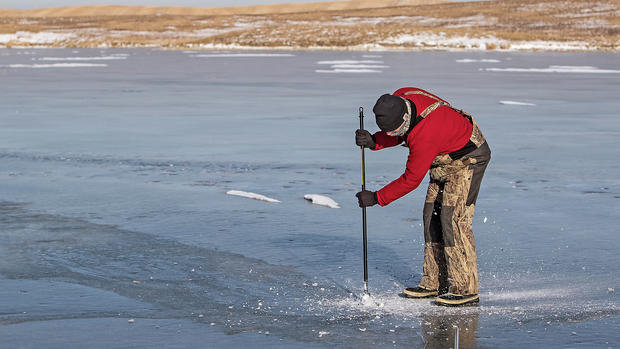
Being in frosty water for more than 15 minutes is unsafe for health. To establish signs of life, the victim needs to bring a mirror to his mouth: fogging is a way of confirming his breathing. A pulse on the wrist or carotid artery will also serve as a test.
To help a drowning person, you need to dress him in dry clothes and make him actively move to warm, and also give him some sugar. For this purpose, you can make a fire on the shore.
It is forbidden to give alcohol to the victim, since alcohol will relax the blood vessels and the cooled blood will immediately enter the heart, cooling the body. This can be fatal. A person needs to be delivered to a medical facility in a short time.
A person extracted from water needs to have an indirect heart massage, as well as artificial respiration, regardless of his condition. Rubbing body parts with alcohol is ineffective in some cases.
A few caveats when helping:
- it is necessary to warm a person through dry clothes and warm drink;
- Do not heat up too intensely;
- you can not wind the rope around your hand to pull out the victim: in this way you can fall into the wormwood behind him;
- getting the victim out of the wormwood by the hand is contrary to safety on ice: this way you can fail yourself.
Local government
Representatives of the city’s authorities are conducting preventive work to warn the public about accidents at water bodies in winter. Dangerous areas are equipped with appropriate information signs.
As a rule, the organization of skating rinks is allowed in shallow water in the absence of a fast current. Mass skating is not forbidden when the ice thickness is from 25 cm. In these places, its thickness should be constantly monitored. Sports event organizers are responsible for the safety on ice of all those present.
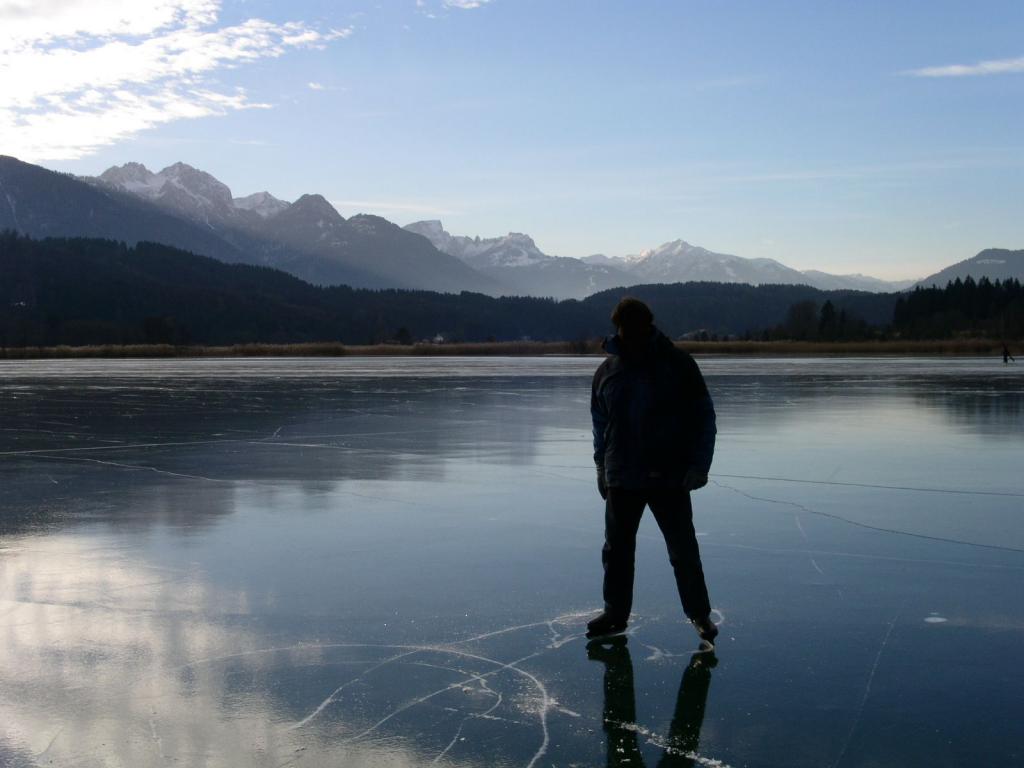
Often, the departure, movement and parking of vehicles on ice are prohibited. The exception is the employees of fish surveillance, hunting surveillance, gims, internal affairs, other bodies in the performance of their official duties.
Skiing
If a ski track is laid on the ice of a reservoir, it is recommended to go skiing on it. In addition to this, it is important to detach the skis from the shoes, remove the stick loops from the hands, and if there is a backpack, move it to one shoulder.
You need to move, not forgetting the distance from each other.
Fishing
When fishing, it is forbidden to gather in large groups in one place, to run, to make many holes in a limited area. It is advisable for each fisherman to carry a cord with a load and a loop, as well as a life jacket.

Any recreational activities using transport are carried out in coordination with the authorities in the field of the use of water bodies. Rescue posts are designed to promptly inform about the hydrometeorological situation in the region.
Safety on ice for children
At the beginning of winter, the sun warming during the day makes the ice porous, since its layers become insufficiently strong and water flows through it. Adults should be able to explain to children that ice formed during the first frosts is dangerous.
Rules of conduct for children on ice:
- the distance between the children should be about three meters;
- it is not recommended for the child to be on ice alone;
- in the event of cracks, it is necessary to return by the same path;
- if the ice cracked, you need to lower yourself on your back and carefully roll to another place;
- the farther you are from the coast, the thinner the ice layer, given the speed of the current;
- areas with a dark color should be avoided: perhaps it’s wormwood;
- It is forbidden to play near enterprises;
- safety on ice in places of frozen boats, snags, at moorings, pontoons is doubtful;
- in spring it is forbidden to stand on steep banks, climb ice floes (they can roll over, and the child falls into the water), stand on dams;
- skating is allowed only on specially equipped skating rinks;

- you cannot ride a sleigh, ski downhill to the surface of a frozen reservoir;
- at the bridge supports, because of increased turbulence, the ice is less durable, therefore, it is preferable to be away from them;
- children should not arrange a rescue operation on their own, it is imperative to involve adults in this matter, and inform the rescue service.
Competent and correct actions in a difficult situation will save from death, and ignorance of elementary rules will entail problems that could not be. Advice to parents: do not leave children on ice unattended.
